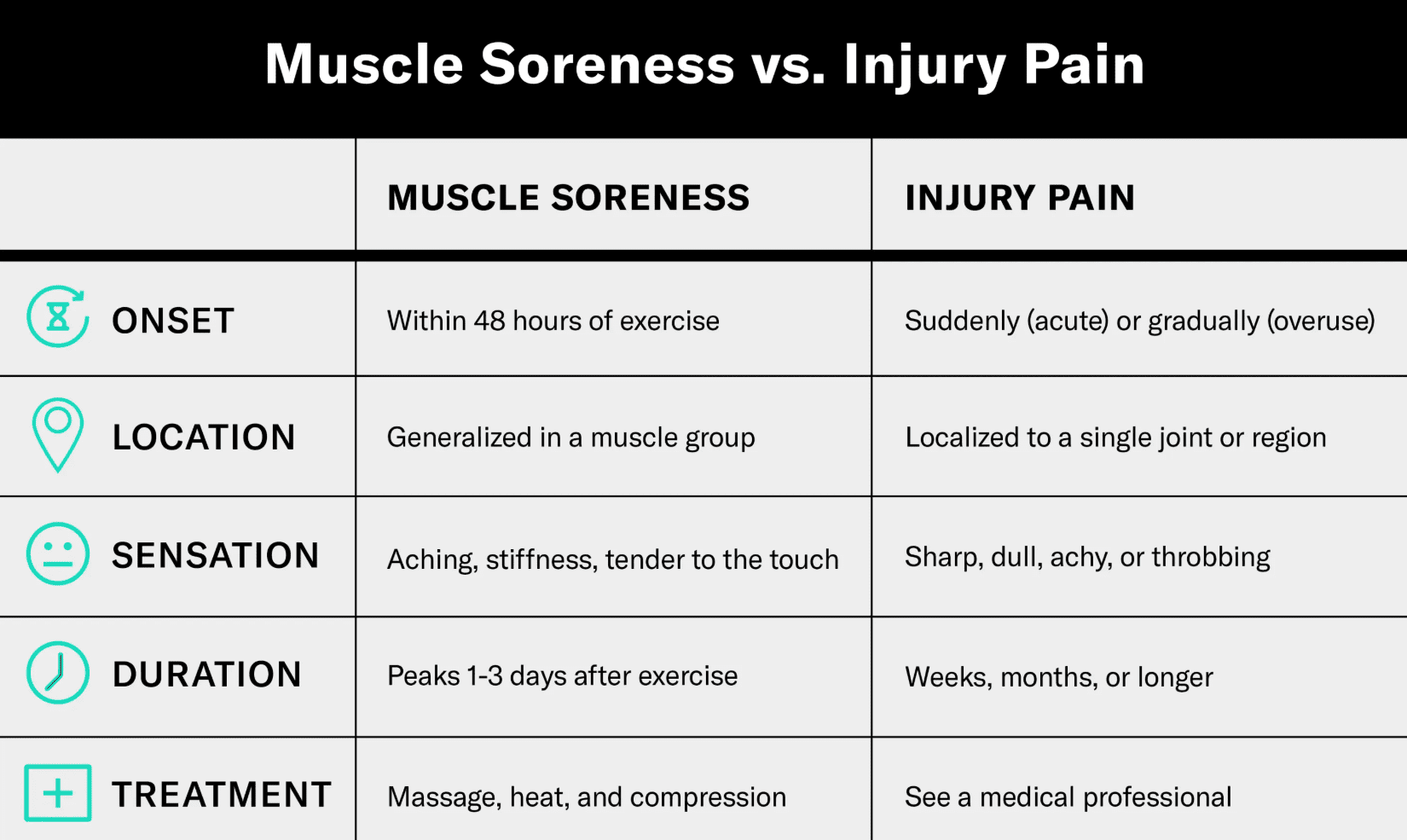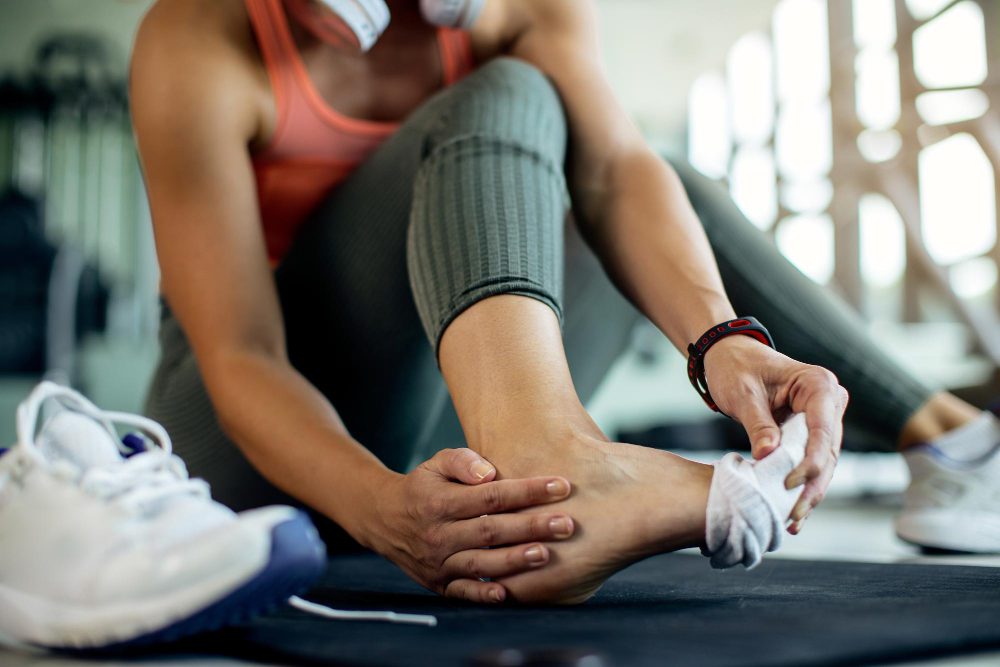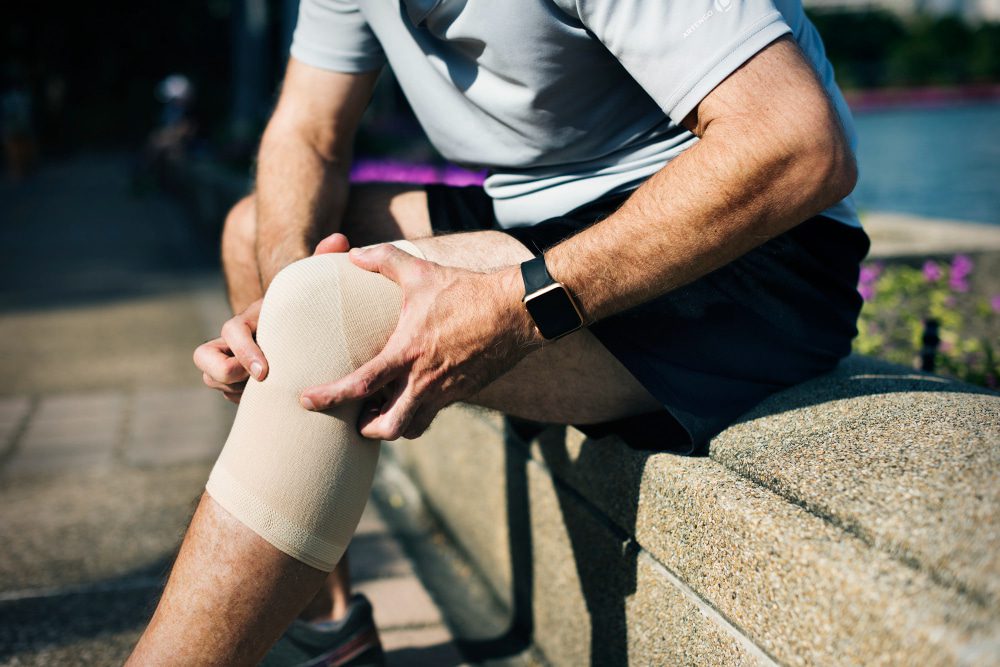Table of Contents Show
✍️ AI is summarizing:
What is the difference between DOMS vs Injury? Whether you’re a weekend warrior or a seasoned athlete, experiencing muscle soreness after a workout or trek is common. Many people wear that discomfort as a badge of honour, signifying that they’ve pushed their bodies to their limits. However, when that soreness lingers or escalates into sharp pain, it’s crucial to understand the difference between DOMS vs injury to know how to respond properly.
Related post:
- Walking Exercises for Back Pain: New Study Reveals a Proven Prevention Method
- How to Prevent and Relieve Back Pain While Cycling?
- Unlocking Outdoor Leisure Longevity: How Activities Boost Lifespan
Understanding DOMS vs injury after exercise

Delayed onset muscle soreness (DOMS) typically occurs after engaging in new exercises, starting a new workout program, or returning to physical activity after a break. This type of soreness usually begins 24 to 48 hours post-exercise and can last for up to five days. While DOMS can be uncomfortable and may make daily activities challenging, it generally resolves on its own with time and rest.
However, to distinguish DOMS vs injury, note if your soreness persists beyond this timeframe or becomes localized. Signs like swelling, bruising, or pain that worsens with movement may indicate a more serious issue that goes beyond normal DOMS.
How to identify injuries and differentiate DOMS vs injury

Injuries can manifest in various ways. Sometimes they are obvious, like when you fall or hear a loud pop, but they can also develop gradually due to repetitive strain or poor movement mechanics. For example, individuals who spend extended periods in front of a computer may experience joint restrictions in their neck and upper back, which can lead to shoulder issues over time.
Understanding DOMS vs injury is essential because ignoring injury symptoms or mislabeling them as soreness can lead to long-term issues. A pain that starts small but lingers or worsens could point to stress fractures, tendinitis, or muscle tears.
When to seek help: Recognizing warning signs in DOMS vs injury

If you notice persistent or worsening pain, consider consulting a medical professional. Early intervention can prevent minor issues from developing into major injuries. It’s critical to assess DOMS vs injury correctly when your body begins to favor one side, adjust its movement, or when discomfort disrupts your sleep or daily activities.
In addition to persistent pain, warning signs like extreme swelling, dark-colored urine, or stiffness might point to a dangerous condition like rhabdomyolysis. These signs are not typical of DOMS and should not be ignored.
Why rest and recovery matter in DOMS vs injury

When in doubt, it’s best to prioritize rest and recovery. While DOMS usually resolves with self-care, any pain that persists or intensifies should be addressed by a professional. Understanding DOMS vs injury also means recognizing that healing timelines vary: minor strains may improve in days, while significant injuries may take months.
Be honest with your body and don’t minimize pain. Listening and responding early can reduce your downtime and help maintain your physical performance.
Conclusion
Understanding the key differences between DOMS vs injury is essential for anyone engaged in physical activity. By learning to recognize the signs of both, you can take smarter steps to recover faster and prevent long-term setbacks. Don’t push through questionable pain. Respect your body’s signals, rest when needed, and consult experts when in doubt. This approach ensures that you stay strong, safe, and ready for your next workout. Follow our official Facebook page now to receive more interesting information.










